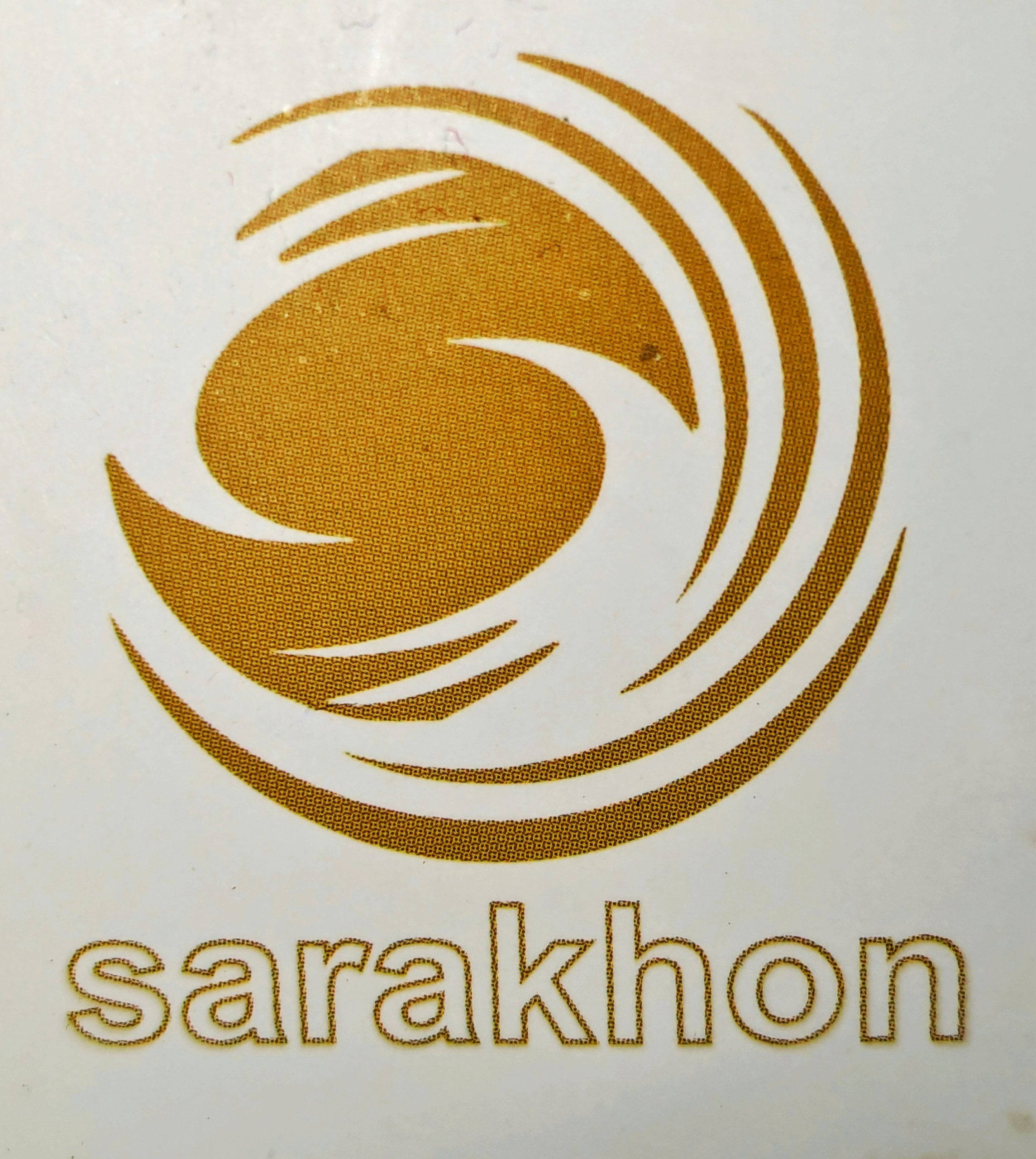NOVEMBER’S CLOSEST SUPERMOON: HOW TO SEE IT BEST

When and where to look
The closest supermoon of the year arrives mid-week, offering a slightly larger, brighter full moon as the lunar orbit swings nearer Earth. You won’t need special equipment: clear horizons and patience are enough. For the most dramatic view, step outside around moonrise or moonset when the “moon illusion” makes it appear larger against buildings or trees. Urban light isn’t a deal-breaker, but darker skies help. Photographers can try a tripod, a long lens, and manual focus; lock in a fast shutter speed to keep the lunar surface crisp and avoid blown highlights.
What a supermoon is—and what it isn’t
A supermoon happens when a full moon coincides with perigee, the point closest to Earth in its elliptical orbit. The disc can look up to about 14% bigger and around 30% brighter than the dimmest full moon of the year, though the change is subtle to casual eyes. Weather is the biggest spoiler; check forecasts and aim for breaks in cloud bands. Binoculars reveal mare—those dark basalt plains—and bright rayed craters like Tycho. Don’t stare expecting color shifts; coppery tones come from atmospheric haze near the horizon, not from the Moon itself. If you miss the moment, the moon will still look striking for a night on either side.






















